
Apple consistently makes some of the most-accomplished phones on the planet, with the iPhone 15 and the iPhone 15 Pro Max taking the top two spots on our list of the best phones currently. But as impressive as Apple’s handsets are, they’re not perfect, and there’s definitely room for improvement.
That’s why we’ve come up with this list of the five things that – in our view – the iPhone really needs to improve.
Obviously, Apple offers multiple models, so some of these suggestions only apply to certain iPhones, but even the top model (the iPhone 15 Pro Max) could use some work, as we’ll explain below.
1. The refresh rate on base models
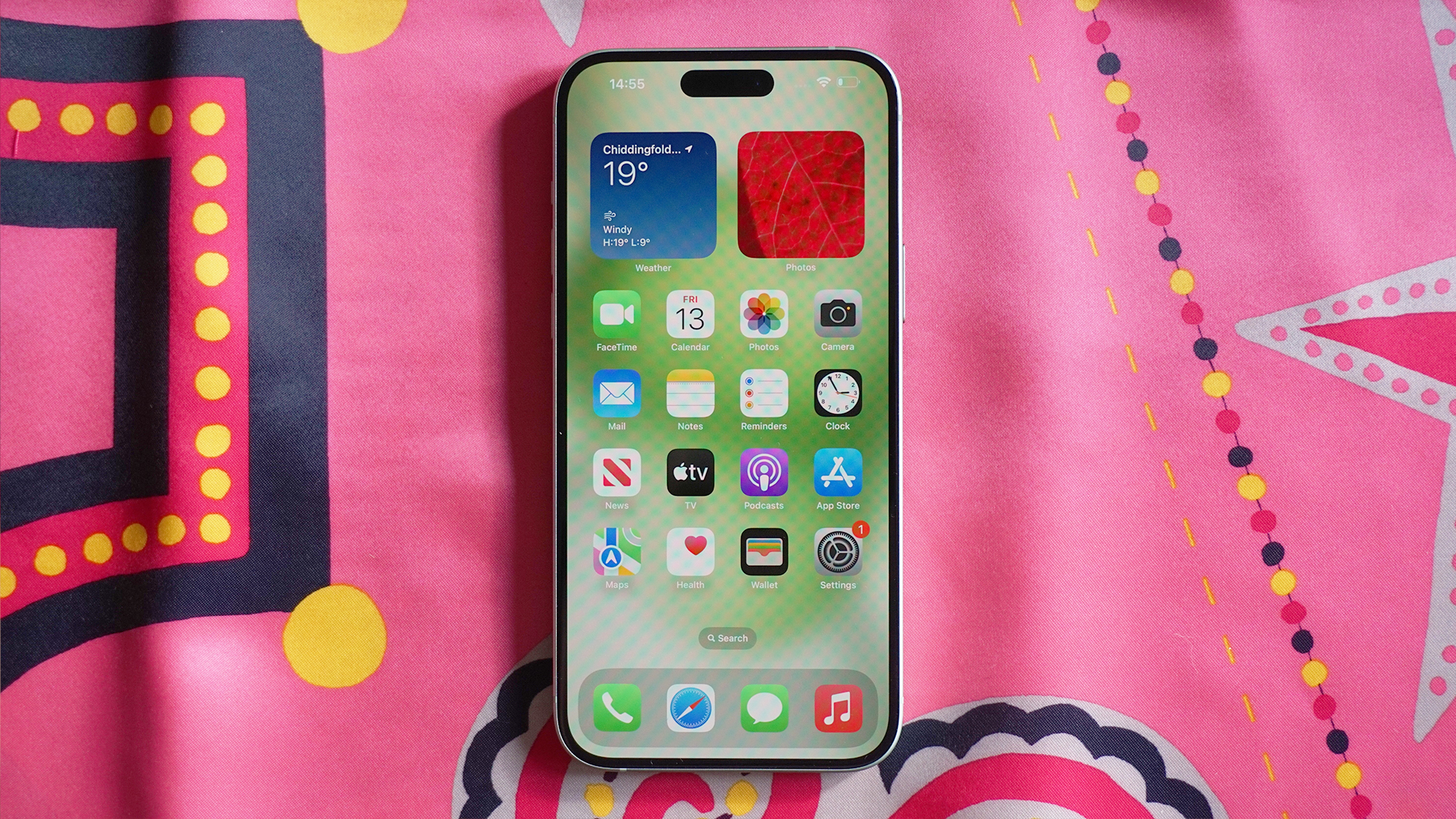
If you buy an Android phone, you’re almost certainly going to end up with a handset that has at least a 90Hz refresh rate, and likely a 120Hz one (or even higher in a few cases). That’s true even if you’re considering one of the best cheap phones like the Samsung Galaxy A54.
But over on iOS, you’ll only get a 120Hz refresh rate if you opt for a pricey Pro model. Even recent and expensive phones like the iPhone 15 and the iPhone 15 Plus only have a 60Hz refresh rate.
This is such an incredibly dated and basic spec in 2024 that it’s almost hard to believe Apple is still using it. It might just about fly on the iPhone SE (2022), but not on mainline models.
This might in part explain why buyers are increasingly choosing Pro iPhones, but whatever the case, it’s really something Apple needs to address. Sadly though, all signs point to the iPhone 16 once again being stuck with a 60Hz refresh rate.
2. The telephoto camera
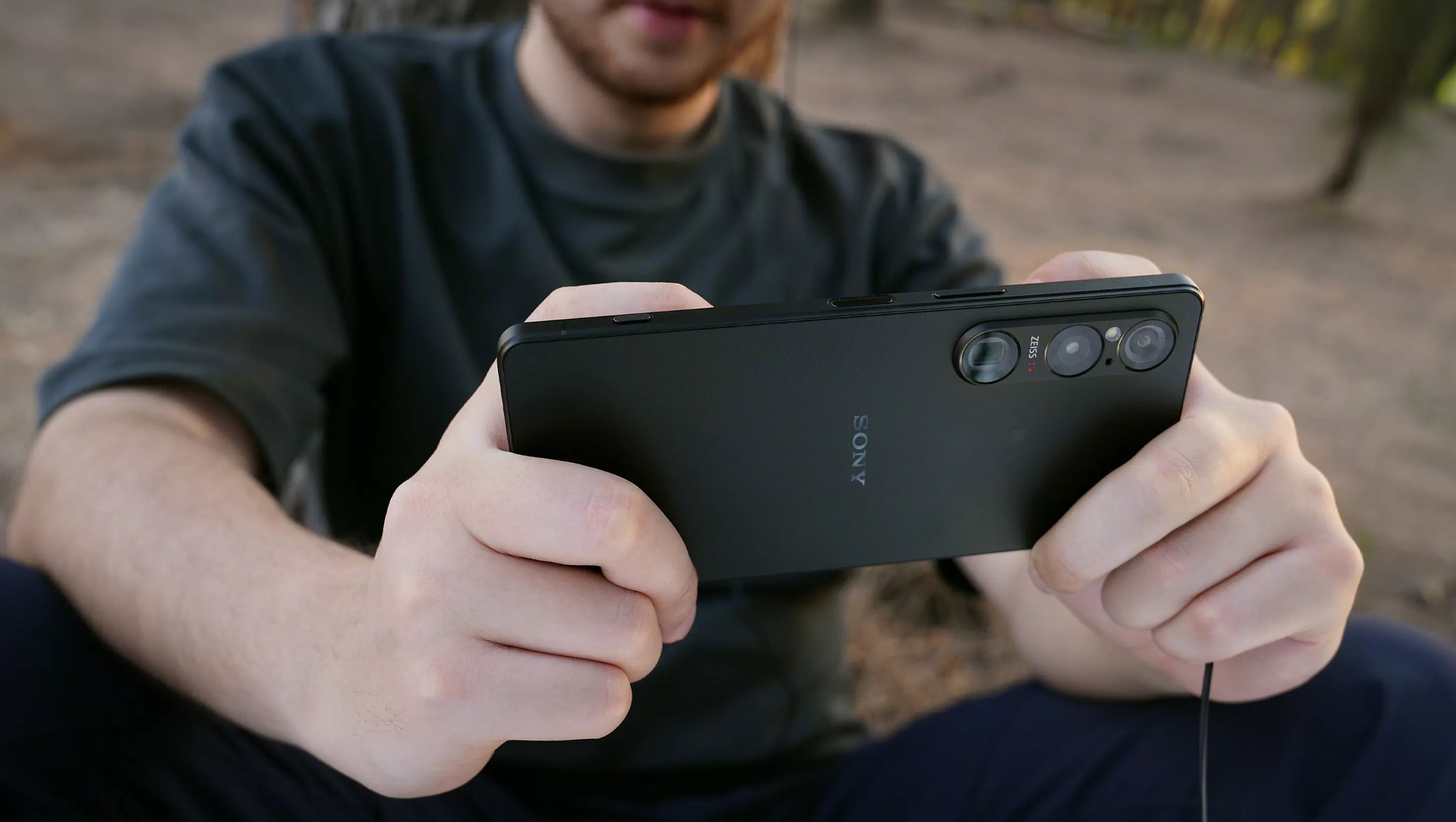
The iPhone 15 Pro Max has a reasonable telephoto camera, especially now that Apple has moved on from 3x optical zoom to 5x. But that’s still not a match for some phones, such as the 10x zoom of the Samsung Galaxy S23 Ultra or the 7.1x zoom of the Sony Xperia 1 VI.
In fact, the Xperia 1 VI is extra impressive, as it's able to move between multiple zoom levels with a single lens.
With an iPhone though, you just get one telephoto zoom level, and its digital zoom capabilities also aren’t a match for some other phones, so if you try and zoom much beyond 5x, the quality drops off rapidly.
Some quality reduction is inevitable. But flagship phones from the likes of Samsung and even more so Chinese brands like Xiaomi, Vivo, and Oppo, can often deliver a far more convincing long-distance digital zoom.
So whether it’s through a longer distance zoom, a variable zoom, or just changes to Apple’s algorithm for digital zooming, we’d like to see improvements here.
3. The charging speed
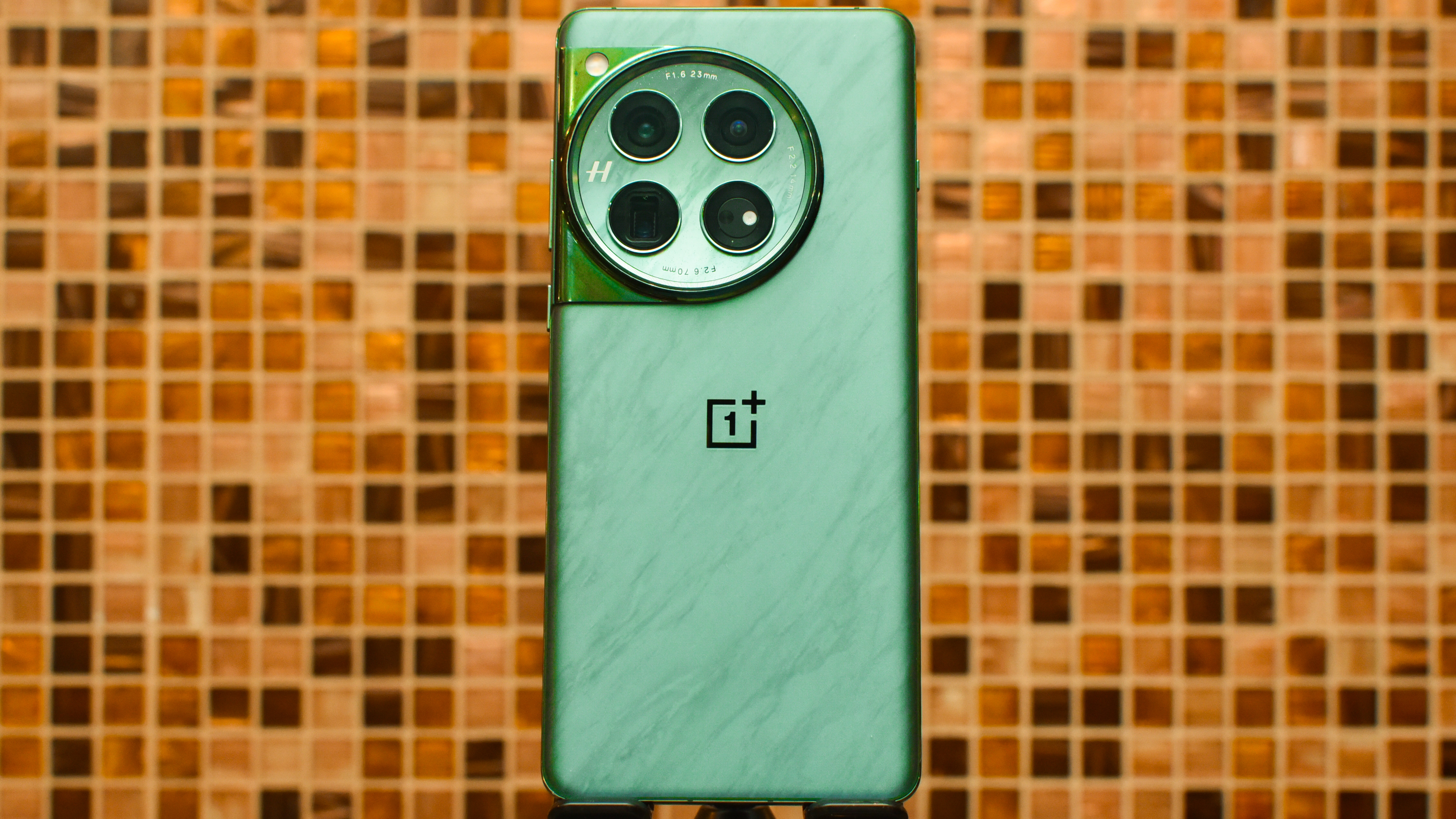
The OnePlus 12 can charge at up to 100W (or 80W in the US), the Xiaomi 14 Pro can manage up to 120W, and the Samsung Galaxy S24 Ultra at least supports 45W charging, but the iPhone 15 line? That can’t officially go above 20W.
The result is that despite these phones also having smaller batteries than most comparable Android handsets, they charge slower, and the same is true with wireless charging, which the iPhone 15 series can only do at up to 15W.
Apple has shown no interest in offering faster charging, but it feels like the company is really falling behind here, so we’d like it to catch up.
4. The battery capacity
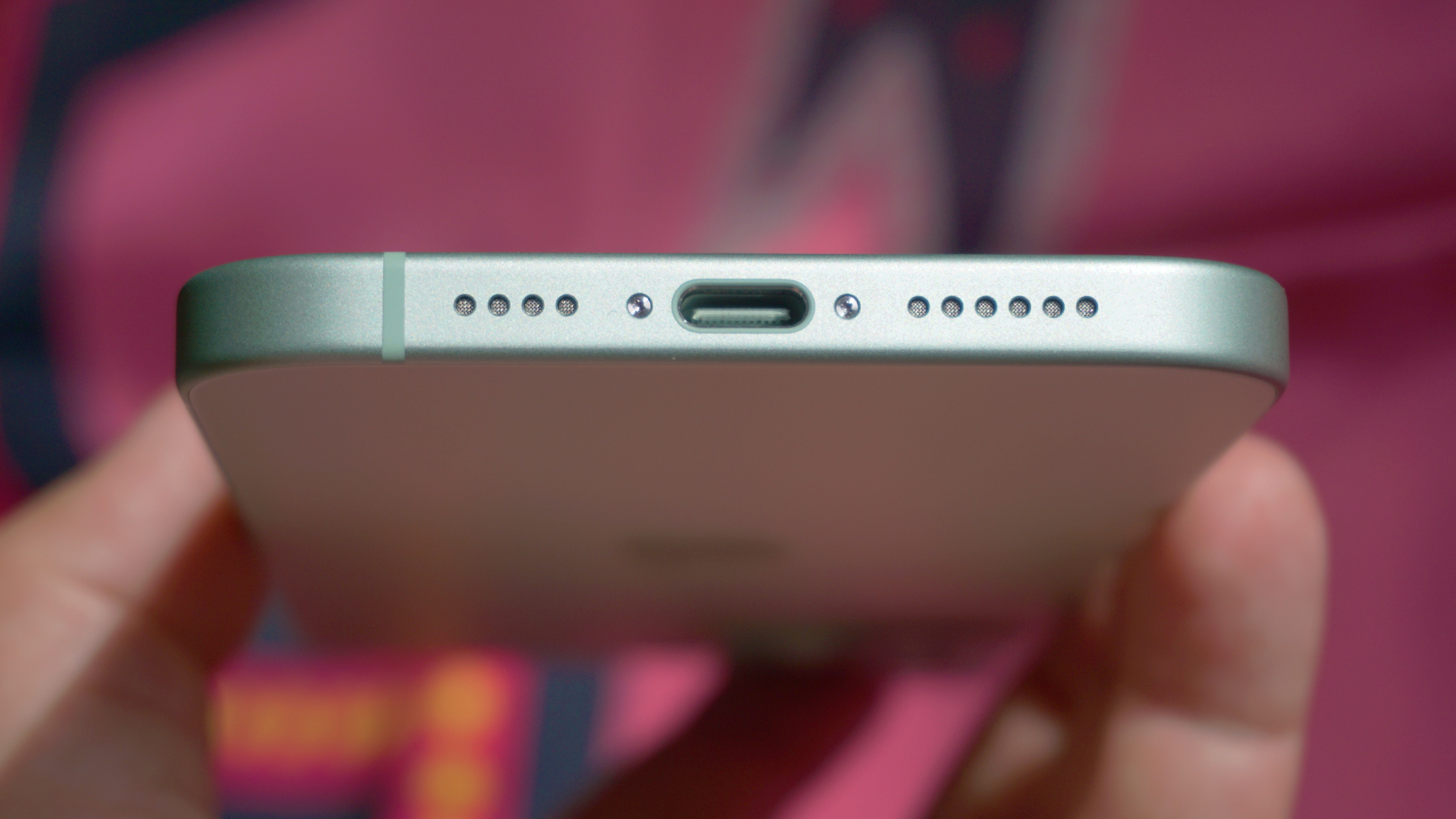
Another battery-related issue with iPhones is the capacity, as Apple consistently puts smaller batteries in its phones than you’d get in similarly sized Android phones.
The absolute biggest iPhone battery is the 4,441mAh one in the iPhone 15 Pro Max, but that’s still far smaller than the 5,000mAh batteries that are fairly standard in the best Android phones. And some Android phones have even bigger batteries, reaching 6,000mAh and beyond in occasional cases.
We don’t need a 6,000mAh iPhone battery, but we can’t see any good reason not to increase the capacity to around 5,000mAh in the Pro Max and Plus models, and at least 4,000mAh in the smaller standard and Pro models (up from less than 3,500mAh currently).
It might make the phones ever so slightly heavier and thicker, but we’d say that’s a small price to pay for the potential of two days of life. Because iPhones already tend to have good battery life, so with a competitive capacity they could become class leading.
5. The number of lenses
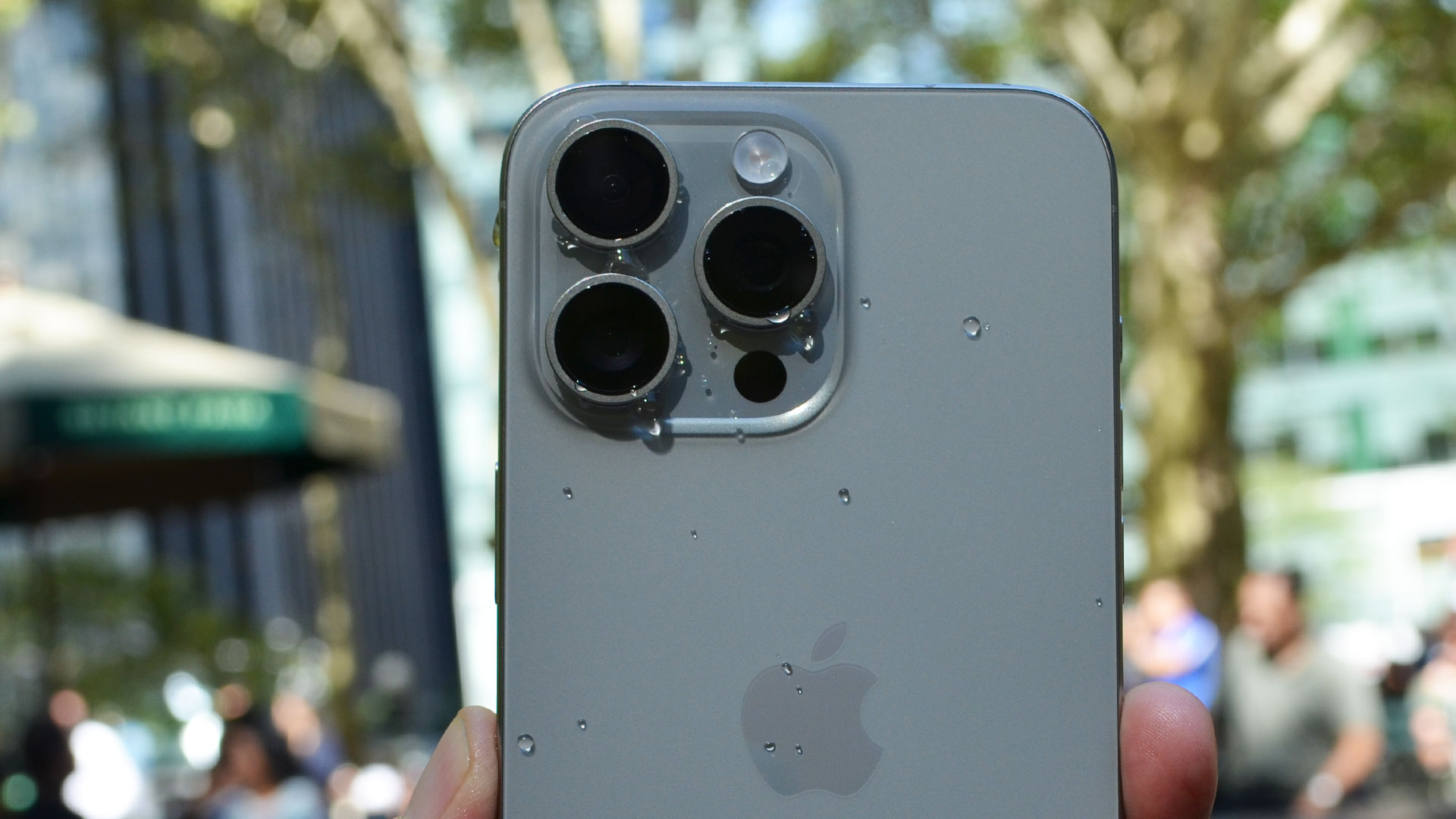
While Samsung’s top phones have long had four lenses on the back, Apple has so far stuck with three – or even just two lenses on the likes of the iPhone 15 and iPhone 15 Plus. We’d argue that neither figure is adequate.
In the case of its two-lens phones, there’s no telephoto lens, which given that these are still expensive handsets there really should be.
A move to three lenses covers the basics of wide, ultra-wide, and telephoto, but being able to optically zoom to multiple levels like you can with the Samsung Galaxy S24 Ultra would be handy, since you don’t always want as much as a 5x zoom.
You might also like
- Best iPhone: which Apple smartphone reigns supreme?
- iPhone 16 camera predictions: every expected camera on every model
- iPhone 16: release date speculation, latest leaks, price predictions and more







